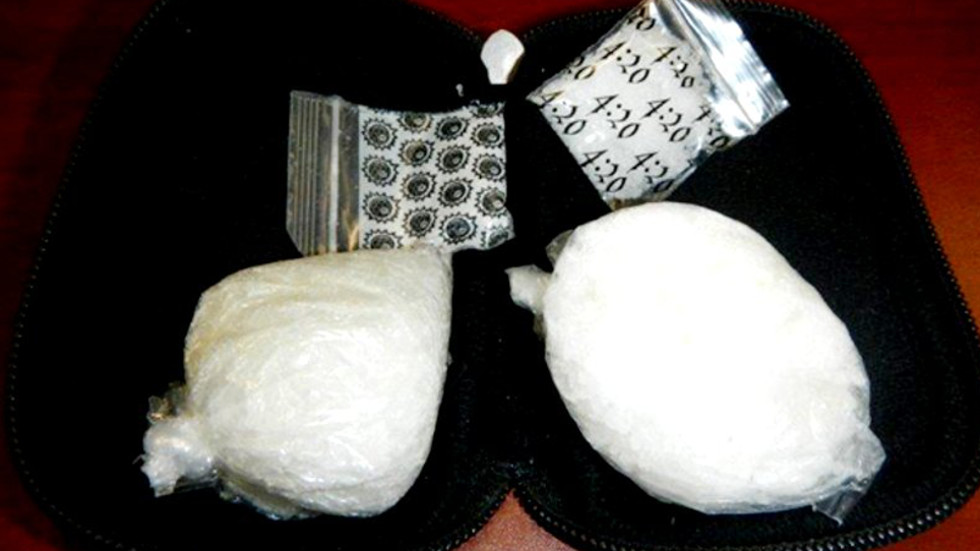
Meth use in Prince Albert putting added pressure on policing, health care services
Whether it’s the latest police release, or the next patient in the emergency room, crystal meth has become a major topic across the province, and has been tied by police to a number of other illegal activities such as gangs and property crime.
Inspector Craig Mushka with the Prince Albert Police Service Criminal Investigation Division told paNOW over the past 10 years, police have seen a dramatic increase in meth use in the community.
“Meth wasn’t a predominant drug that we were seeing 10 years ago, however in the last few years it certainly has become probably the most significant drug that we are dealing with,” he said.
He attributed its predominance to the drug’s highly addictive properties.





